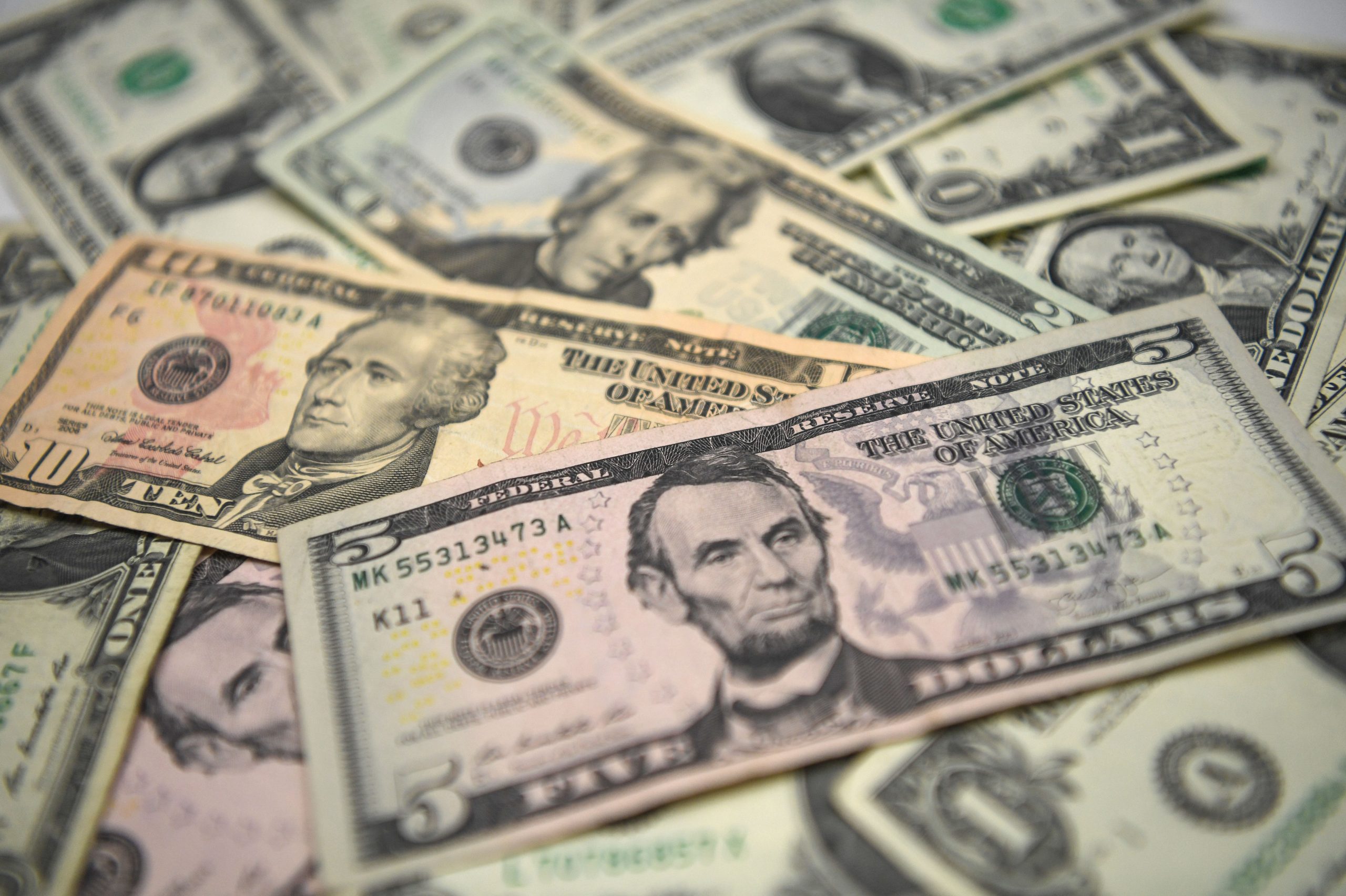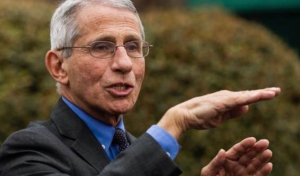Inflation in the United States eased to 8.2% in September on a yearly basis from 8.3% in the previous month, while underlying prices excluding energy and food rose to a new four-decade high.
The consumer-price index tracks how much people pay for services and goods.
As gasoline prices fell, inflation dropped from its June peak. However, costs for housing, medical care, utilities, and other items have continued to rise, threatening to keep inflation high for an extended period of time.
The core CPI, which excludes volatile energy and food prices, gained 6.6% in September from a year earlier, accelerating from 6.3% in August and marking the biggest increase since August 1982. On a monthly basis, the core index rose 0.6% in September, the same as in August.
Also Read| US inflation rate eases slightly | A timeline: 1930-2022
Among the indices that grew over the month were those for shelter, medical care, motor vehicle insurance, new vehicles, domestic furnishings and operations, and education. In September, other indices fell, including those for used automobiles and trucks, apparel, and communication.
The all-items index increased 8.2% for the 12 months ending September, a marginally smaller figure than the 8.3% increase for the period ending August. The index of all items except food and energy increased by 6.6% in the last 12 months. The energy index rose 19.8% in the 12 months ending September, less than the 23.8% increase in the 12 months ending August. Over the past 12 months, the food index surged by 11.2%.
Also Read | January 6 hearing: When and how to watch
“Inflation has built up a lot of momentum over the last year,” said Bill Adams, chief economist at Comerica Bank. “That’s going to keep inflation higher than the Federal Reserve wants it for at least a couple more months—if not a couple more quarters.”
Separately, the Social Security Administration will disclose Thursday inflation-based increases to Social Security benefits received by seniors and other Americans. The increase in monthly benefits is projected to be the most significant in four decades.
Also Read | Current global crisis and hyperinflation in post-World War I Germany
Inflation increased last year as the United States recovered from the Covid-19 pandemic. Prices surged as low-interest rates and government stimulus fueled high consumer demand, which collided with limited supply chains and pandemic-related shortages. Russia’s invasion of Ukraine earlier this year fueled global inflation, affecting food, energy, and other commodity costs.
To curb price rises, the Fed is rapidly boosting interest rates. Officials at the Federal Reserve’s September policy meeting voiced concern about the continuance of elevated inflation, according to minutes released this week.
Also Read | IMF calls India’s direct-benefit-transfer scheme a ‘logistical marvel’
Officials boosted the benchmark federal-funds rate by 0.75 percentage point last month, the fifth hike since March, putting it in a range of 3% to 3.25%, the fastest pace of rate increases since the early 1980s.
Food prices have risen further. Producer food prices increased 1.2% in September compared to August, after increasing 0.1% the previous month.
The forecast for the US economy has deteriorated, and the potential of increasing interest rates has fueled worries of a recession.
Also Read | Donald Trump’s Truth Social gets go ahead from Google Play Store: All you need to know
Adjusted for inflation and seasonality, GDP, a broad measure of expenditure on goods and services, dropped at an annual pace of 1.1% in the first half of the year.







